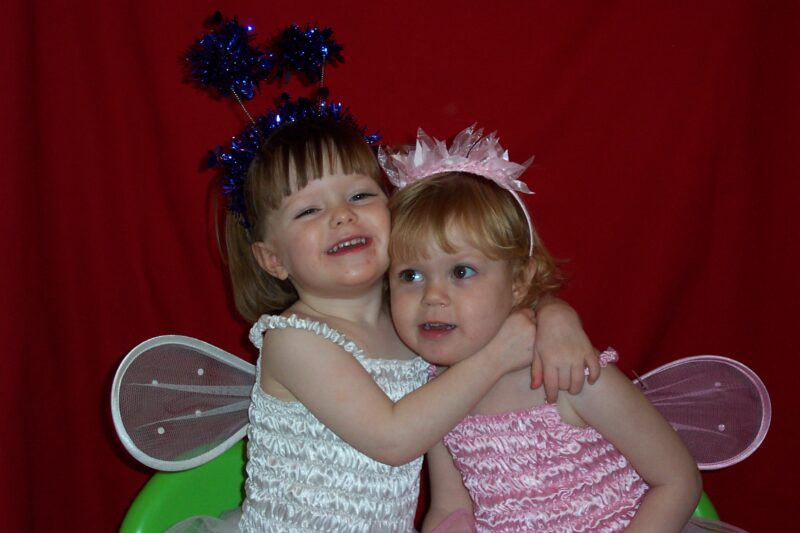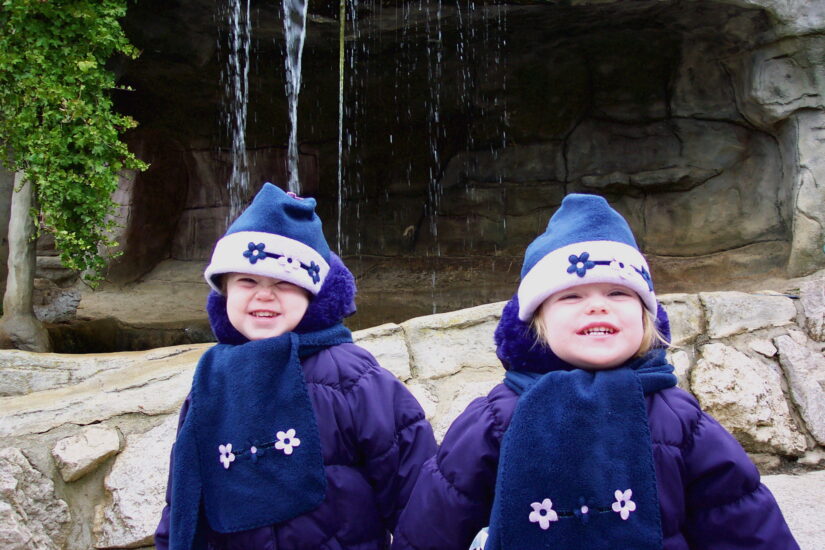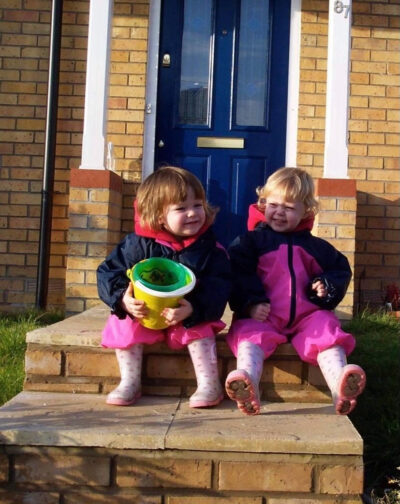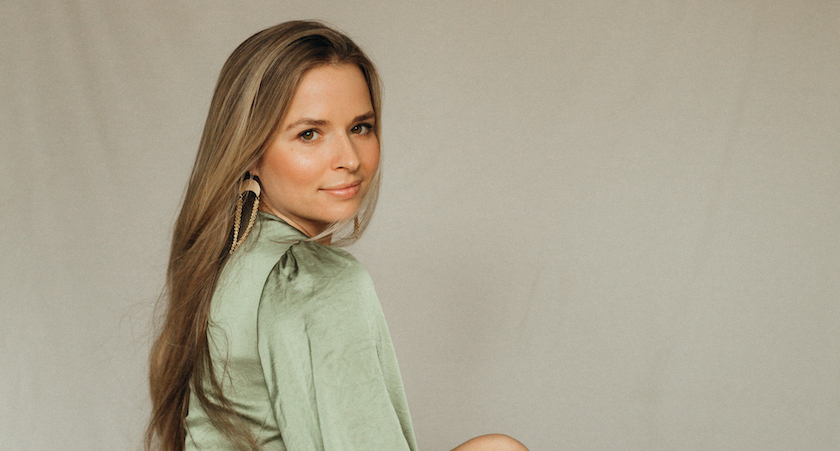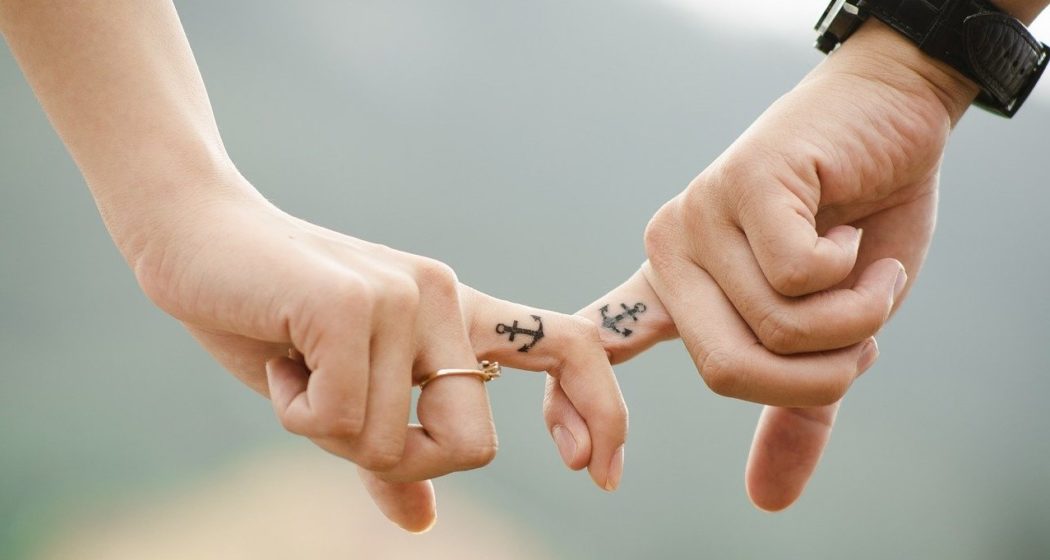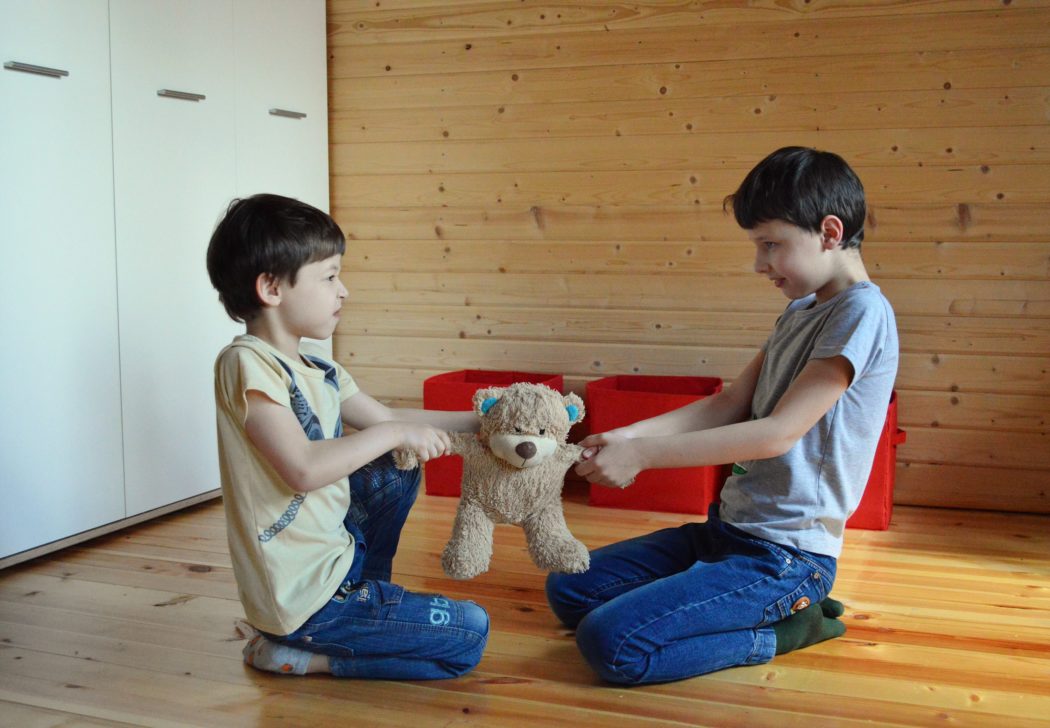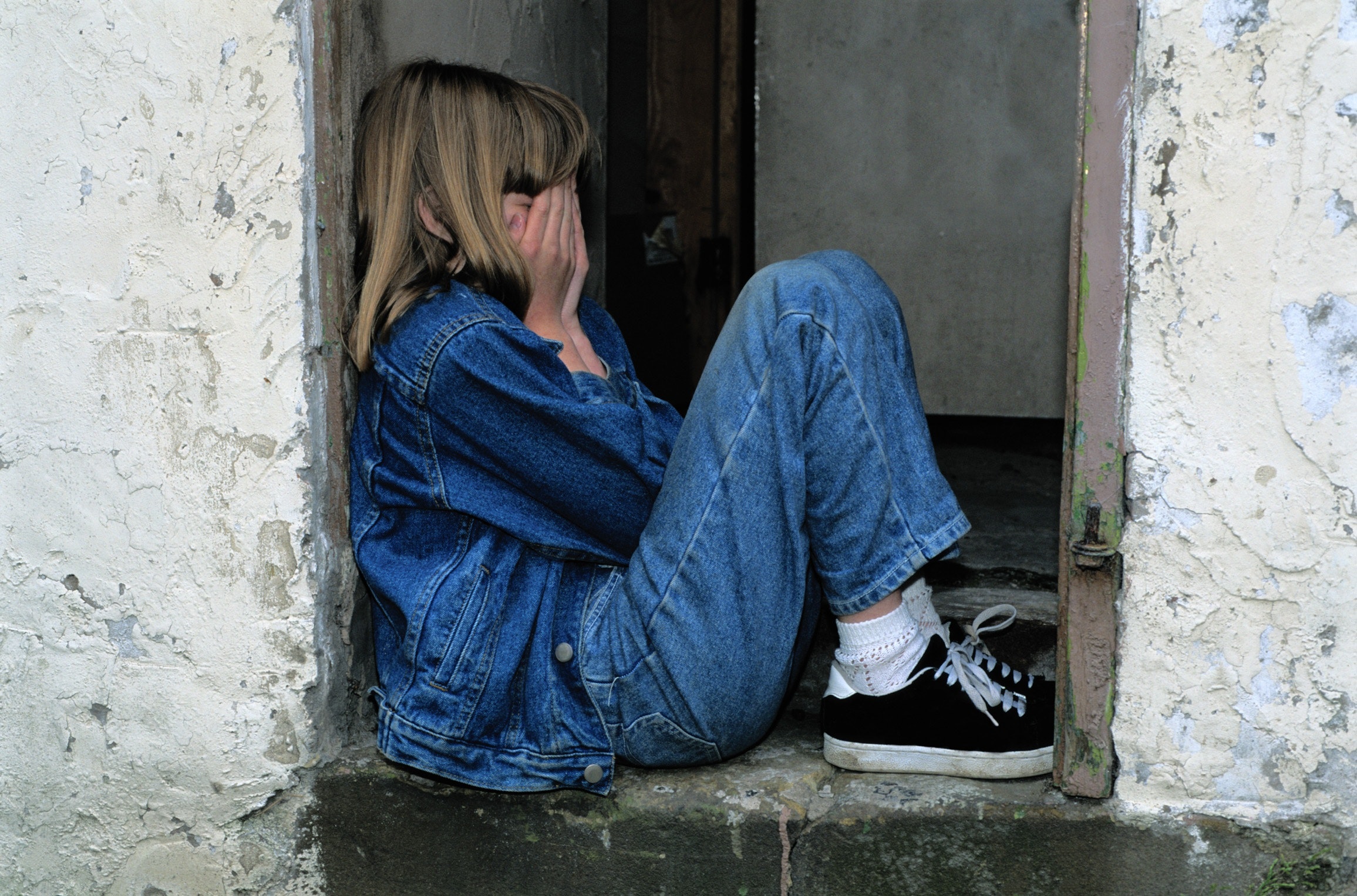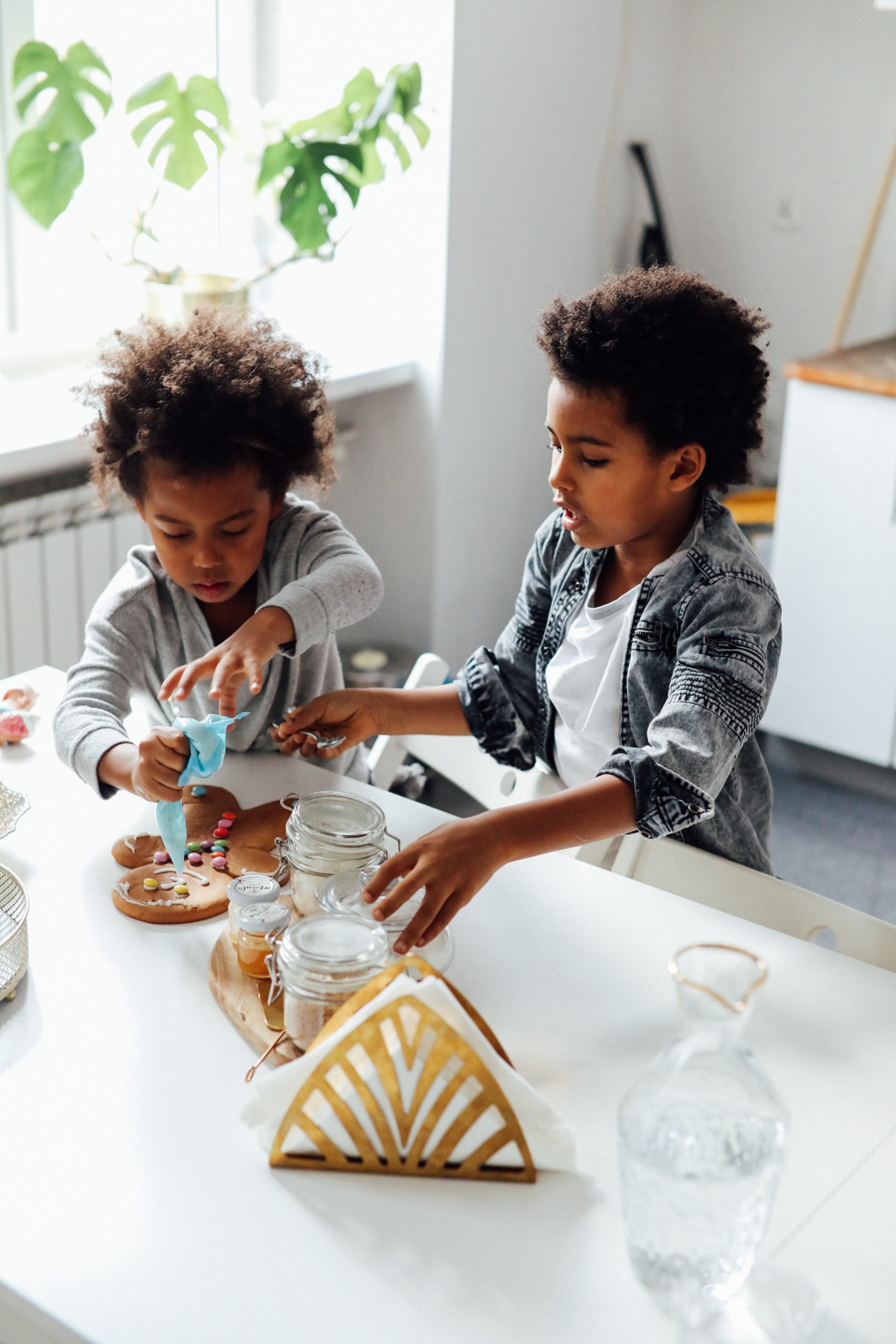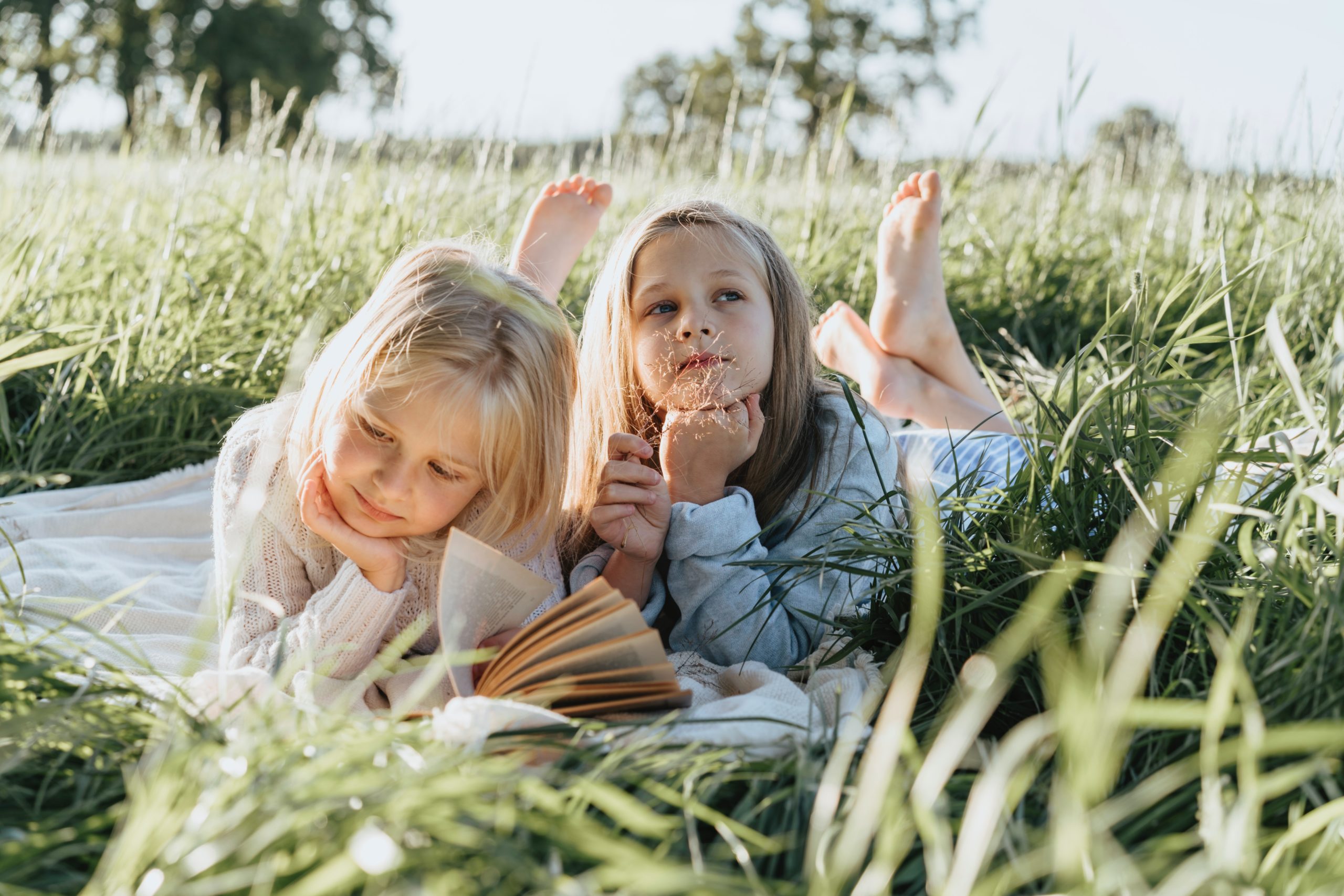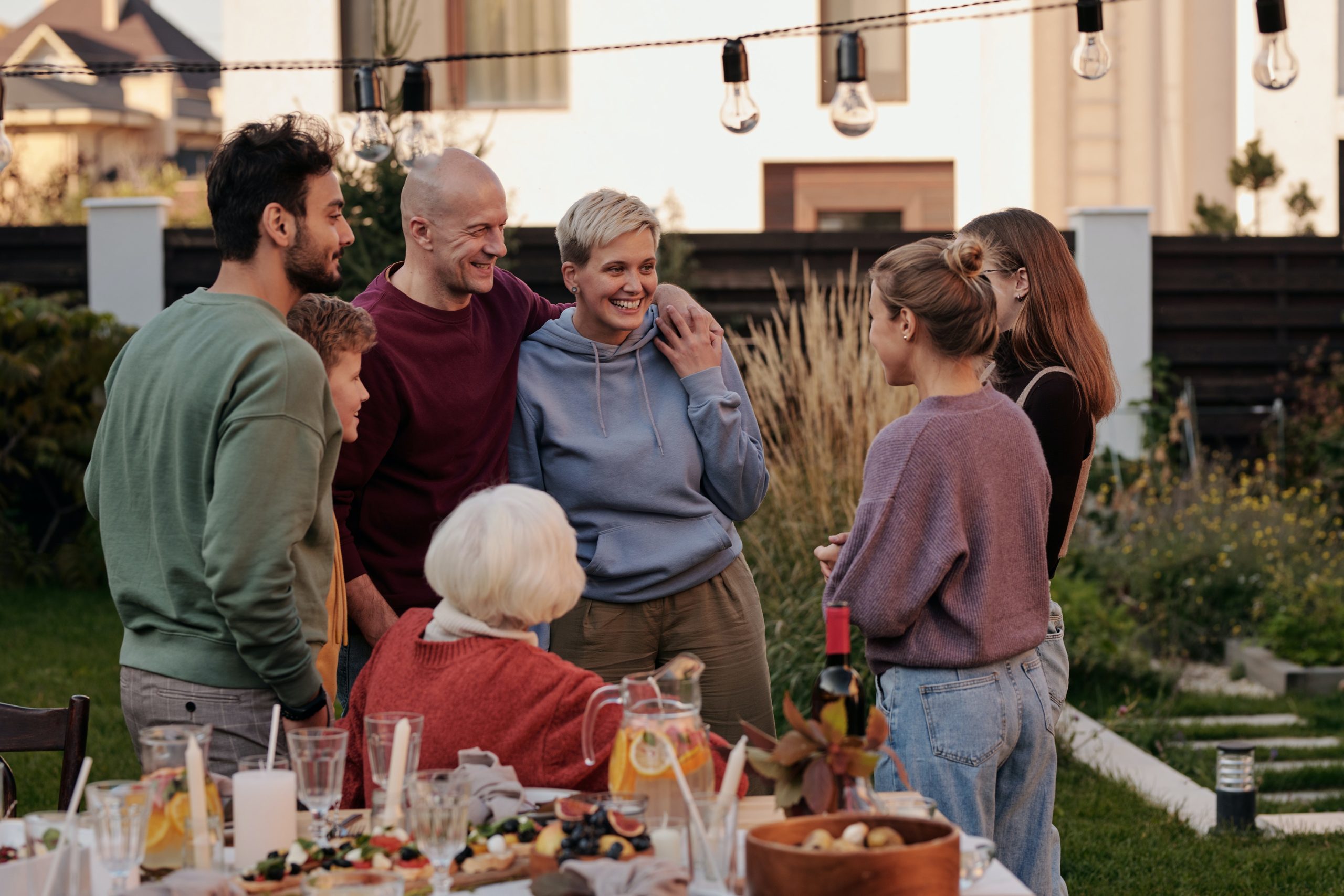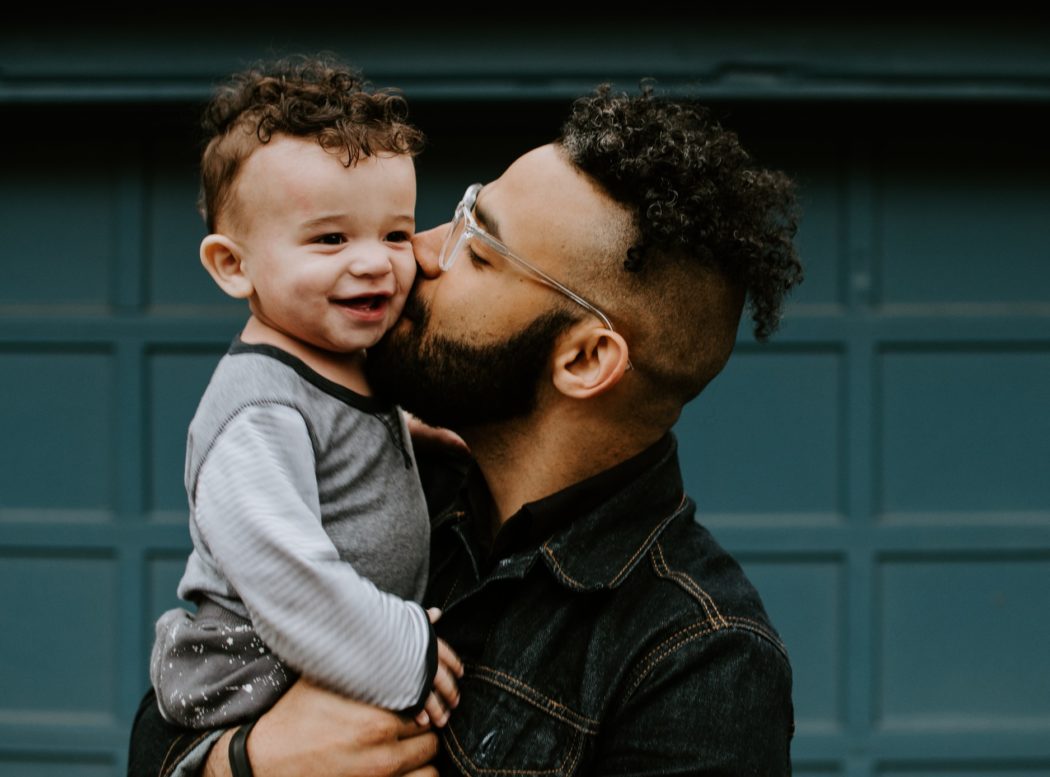Rachel, a 46-year-old single mum of three, offers intimate insight into the highs and lows of dating after 20 years of marriage.
After divorcing her husband of 20 years, Rachel decided to adventure into the chaotic and thrilling world of dating, looking to meet someone to enjoy her time with. Sparing no details, she shares her experiences of finding a new partner, giving us the nitty-gritty of dating as a single mum.
Will I have time to go out and meet new people? How will I find someone that accepts me and my kids? Am I still attractive as a single parent? Can I dare show my body after having children? How will I know if it’s safe to bring a new partner into my children’s lives?
With three children to consider, Rachel felt swamped with concerns about how she would manage dating again.
According to 2021 statistics, a whopping one million families (14.2%) are single parent families, with single mothers comprising 79.3%. With a million single parents nationwide, there are a lot Aussies who may be thinking of braving the dating scene.
Rachel found that at this stage in her life, most of her friends were in long-term relationships, making it difficult to meet a huge pool of single people offline. She notes, “I couldn’t take any risks with my family and I didn’t know any single people – I couldn’t go out a lot, because of the kids.”
People are increasingly turning to online platforms to meet new people. While myths and stigma surround online dating, Rachel became curious and created a profile, hoping to gain her own experience of virtual connection.
She began exploring the free platforms, talking to people throughout the busyness of her days at work and with her children. To Rachel, the online dating world became “a minefield – a whole new area that I had to navigate.”
Being concrete in her search, she quickly moved onto paid platforms, hoping that people willing to financially invest in dating would be more serious.
On the free sites, she described meaningless, shallow conversations and people seeking quick thrills and gratification.
It was empowering to know that if they weren’t right for me, I had the confidence not to just clutch onto anybody. I had the power to decide whether I wanted to pursue anything.
As well as time, low self-esteem and confidence were influential in her decision to remain online. Rachel reflects on these feelings:
“Because I had such low self-esteem and confidence, it almost felt like a safe way of moving forward – you could hide behind the computer, you weren’t rocking up to a bar where somebody could see all of you. Part of me thought if I can be witty and funny, perhaps into the future they might see past my body.”

These concerns prompted her honesty, “I purposely chose a very real profile picture because I didn’t want to put myself in a position where I met up with someone and wasn’t good enough.”
Rachel recalls tumbling into a stage of over-purchasing high heels, body brushing and living on steamed fish as ways of coping with this newfound pressure.
She shares, “I was really enjoying the thrill of it, but as soon as I had to go and meet them, I began to over-analyse all of my imperfections. I was so insecure with my body image and baggage from my previous relationship. I felt I was ready to date, but I doubted I’d have anything exciting or interesting to say and I thought no one would find me attractive.”
 After a spanning diversity of dates, from getting terribly sunburnt with a personal trainer at the beach to an intimate dinner with a much older man, Rachel felt her confidence build.
After a spanning diversity of dates, from getting terribly sunburnt with a personal trainer at the beach to an intimate dinner with a much older man, Rachel felt her confidence build.
“It was empowering to know that if they weren’t right for me, I had the confidence not to clutch onto anybody. I had the power to decide whether I wanted to pursue anything.”
She reflects on her date with Johnathon, who she was initially very interested in:
“He was funny and really cheeky. I hadn’t put a height restriction on the dating app…when we finally met, he was so tiny! He was smaller than me. I tried to think openly and out of the box, I didn’t want to be shallow – just go with it.
We went to a Japanese restaurant and then later to a bar. I wasn’t attracted to him in the slightest, but I made myself kiss him, just to see if I could spark anything. I got in my car and felt totally deflated. All the way home he kept texting me saying that he wanted to see me again, but I knew I didn’t want to. He was very full on and I just had to tell him that he wasn’t right for me.”
Go with it, it might not be what you’re expecting, but who knows where you’re going to go. It’s like an adventure.
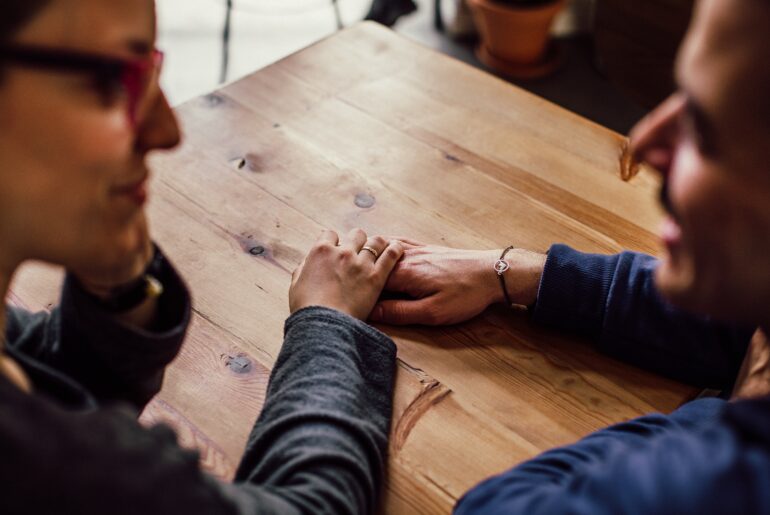
It wasn’t until she met her current partner, Dan, that Rachel found all the qualities she had been looking for. Many hours of cocktails and good conversation sparked the beginning of their relationship.
“I though fuck it, expectation is a bitch – why say, oh I only want a six-foot man with a gorgeous body? Go with it, it might not be what you’re expecting, but who knows where you’re going to go. It’s like an adventure.”
Finding out that Dan also had three kids at home meant navigating both of their children’s acceptance of a new partner.
Ultimately, there are genuine people out there who want the same thing as you.
Rachel explains that the process was gradual and expresses the importance of not placing any pressure on her children to meet her new partner until they felt ready. The same approach was used when being welcomed into Dan’s family home:
“When I met the kids, I was introduced as a friend and then gradually over time, when everyone felt comfortable with me being there, Dan told them I was his girlfriend.”
Whilst building a new relationship with children is complex, Rachel concludes that, “If you’re with the right person and they want a relationship then they are going to understand the intricacies of family life and accept that it takes as long as it takes to allow somebody to come into your home.”
Four years later, Rachel and Dan are in a thriving, vibrant relationship and have become a positive part of both their children’s lives. Despite the anxieties and doubts of stepping back into dating after a long marriage, Rachel looks back and laughs at her huge collection of high heels, dreadful sunburn, and diverse dating experiences, glad that she had the courage to dive back in and go for it.
“You’ve got to do something different to get something different and ultimately, there are genuine people out there who want the same thing as you.”






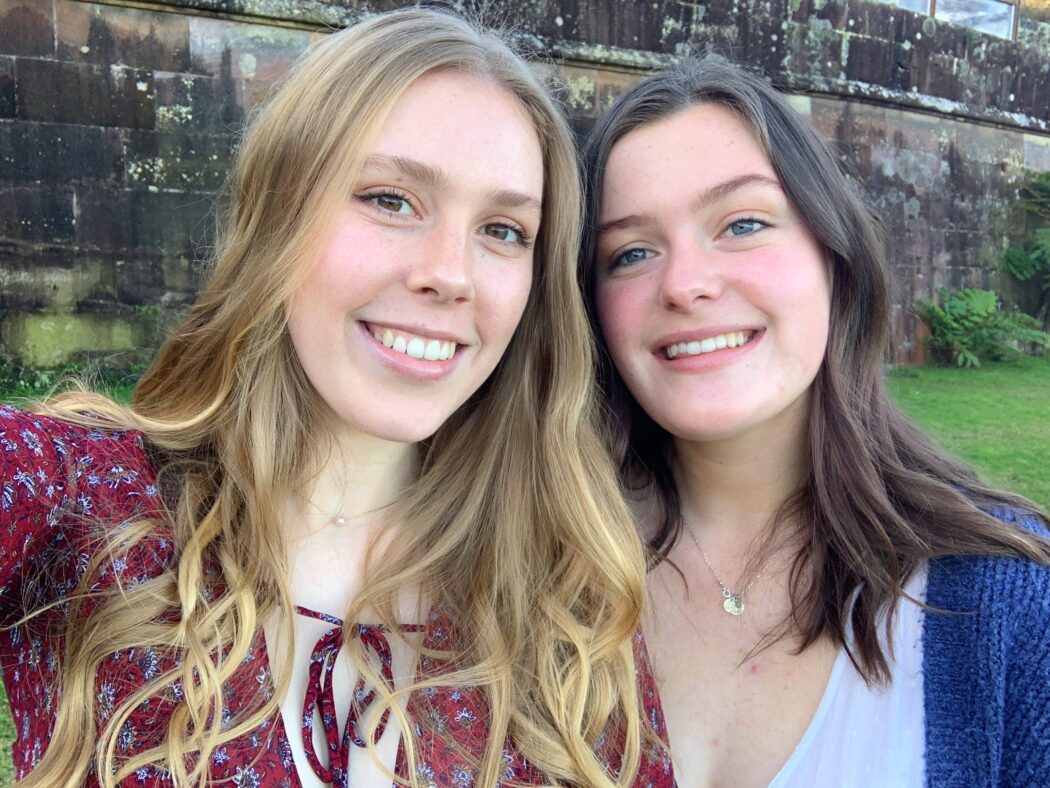
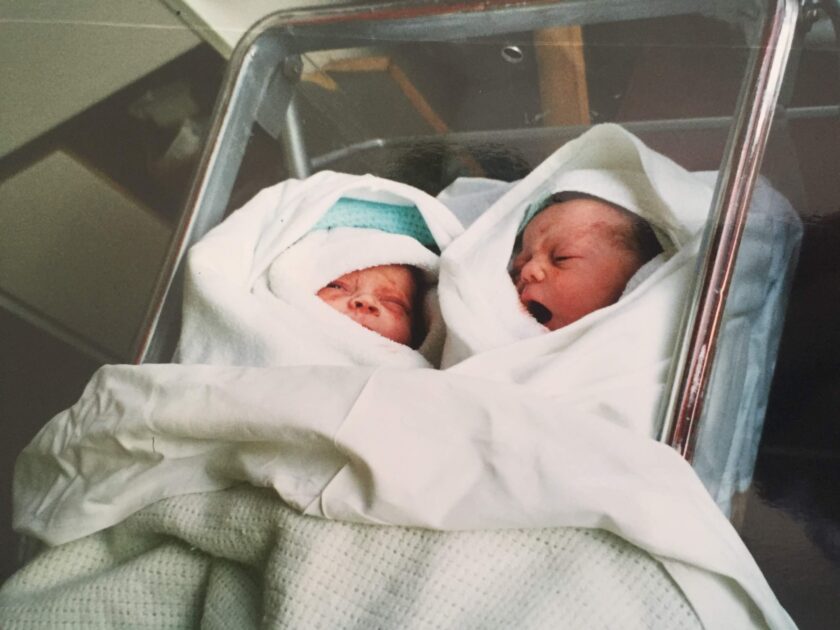 My
My 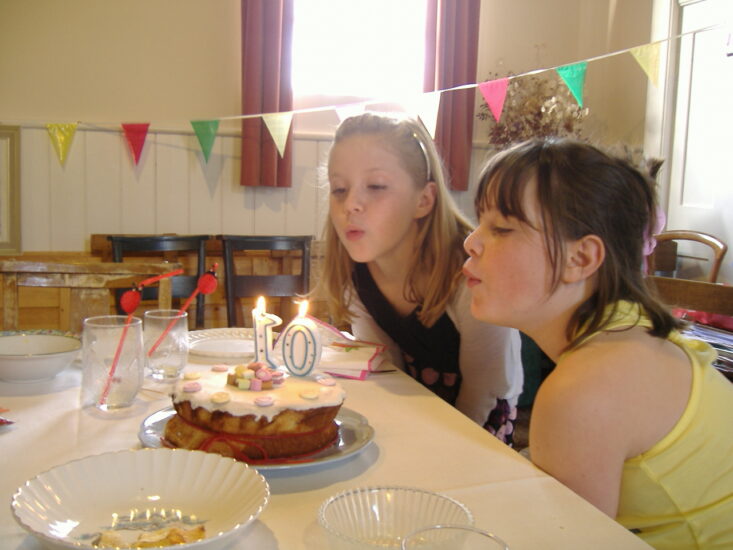 Our Mum encouraged our
Our Mum encouraged our 